THE SPRING GARDENS PESTICIDE AND HERBICIDE POLICY
As submitted by the Horticulture Committee and approved by the Steering Committee on July 11, 2016.
PROHIBITED PRODUCTS—Herbicide and pesticide products that you may NOT use:
Roundup - glyphosate
2,4-D - dicamba, dimethylamine salt
Sevin - carbaryl
Neonicotinoids (including pretreated seeds and plants)
(AVOID products made by Monsanto, Bayer, Ortho, Dupont, Dow – many of their products contain these chemicals)
The following botanical products are made from plants but still dangerous. They are NOT permitted in the garden:
Pyrethrin - plant based
Rotonone - plant based
Malathion - organophosphate
Diazinon - organophosphate
PERMITTED PRODUCTS—Products that are safe to use and are allowed in the garden:
Products made by Safer (fatty acid soaps).
Espoma products are organic soil builders and fertilizers like blood and bone meal, corn gluten meal, dolomitic limestone, greensand. They also help control pests by disrupting their digestion.
Neem oil
Copper-based fungicides
Summer- and winter-weight horticultural oils
Various “Bt” formulations (Bacillus thuringiensis is a microbial insecticide that can be used in place of chemical pesticides for a variety of chewing and biting insects.)
Lime and sulphur powders can be carefully used
Essential oils like cedar, lavender, eucalyptus and pennyroyal (discourage flying and stinging pests).
NOTE: Products that cause irritation, “knock down,” suffocation or death are all considered hazardous and have signal words on the label. They are CAUTION, WARNING, DANGER, DANGER-POISON. Read the label and ingredients!
Steps you can take to maintain a safer garden and minimize pest, disease and weed damage:
Keep it clean
Cultivate
Plant disease-free seeds and transplants.
Plant disease-resistant varieties.
Plant early or late to fool bugs. They emerge at the same time each year.
Plant succession and companion crops.
Keep a good moisture level. 1" of rain = 65 gallons of water per 100 sq. feet
Mulch, Mulch, Mulch. Use salt hay, wood chips, shredded bark, compost.
Water in the morning if possible, so plant leaves can dry in the sun and avoid fungal problems.
Allow enough space between plants for air circulation.
Never work in a wet garden. It’s the best way to spread disease from plant to plant and to compact the soil.
Control insects with early detection. Inspect plants and hand pick eggs and bugs.
Pull out and trash any diseased plants as soon as you notice the problem.
Harvest fruits and vegetables as soon as they are ripe.
Read the label and ingredients: Products which cause only irritation, “knock down,” suffocation or death are all considered hazardous and have signal words on the label. They are CAUTION, WARNING, DANGER, DANGER-POISON.
Integrated pest management is strongly encouraged. This technique includes:
PREVENT: Select the most suitable varieties and species of plants for your site (the right plant for the right place): natives, disease and/or insect resistant, drought tolerant, plants which meet sun/shade or water requirements.
TEST your soil to find out its pH and fertility rates and follow the test result recommendations. Often changing the growing conditions, such as watering, fertilizing, and transplanting, can eliminate the problem.
AERATE compacted soil to allow water and air to penetrate. Plants need plenty of both to grow and be healthy. Healthy soil produces healthy plants which can better withstand insect and disease attacks.
INTRODUCE lots of compost (at least 2” over entire plot) and earth worms to improve your soil’s water-holding capacity and drainage. Use compost also as mulch and to side dress around plants.
ROTATE crops to reduce pest populations over time. A 3-year rotation is good.
WEED early and often, and after rain. Weeds are easy to control when they are small.
SANITIZE: Remove all dead, diseased and damaged matter. Clear all debris under which insects can lay eggs or adults can overwinter. In autumn, turn the soil to expose weed seeds to winter cold. Mulch heavily after the first hard frost to stop erosion and to keep early spring weeds from germinating. Keeping the garden clean is especially important when using IPM.
IDENTIFY the insect or disease doing the damage before treating. Chewing insects like caterpillars are treated differently than scale or mites.
